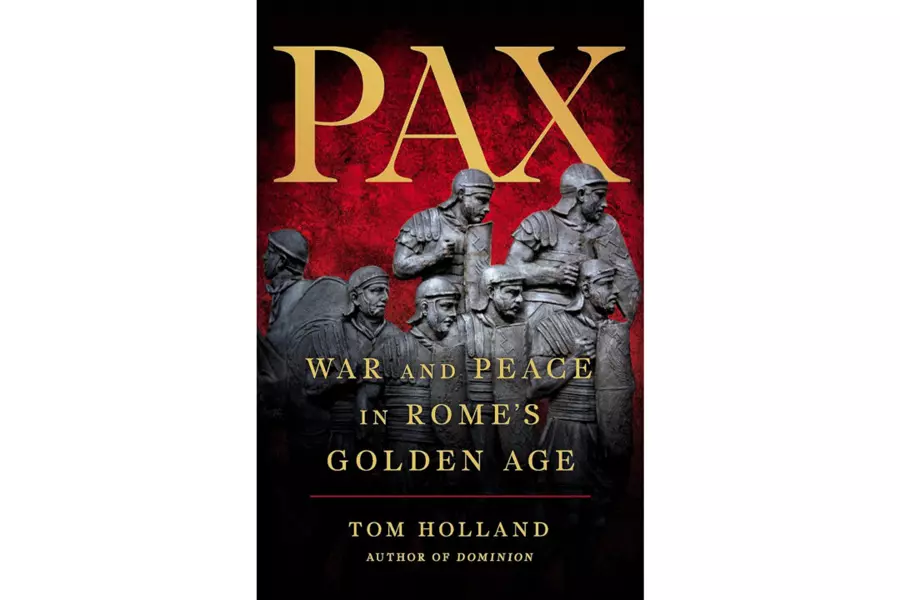The Roman Empire experienced tumultuous changes from Nero to Marcus Aurelius, with various emperors ruling during its first and second centuries.

In his latest book “Pax: War and Peace in Rome’s Golden Age,” Tom Holland takes readers on a captivating journey through the rise and fall of these rulers, highlighting the chaos, perversion, superstition, and bloody events that shaped the empire.
The reign of Caesar Augustus marked the beginning of an extended period of internal peace within Rome.
After enduring multiple civil wars, including those led by Sulla and Julius Caesar, the Romans had grown accustomed to a more autocratic rule with a thin veneer of republicanism.
Holland delves into this transformation and examines how it impacted the empire’s political landscape.
As Holland narrates the story, he initially moves quickly through the reigns of Julius Caesar and his successors until he reaches Nero’s rule.
Here, the author slows down to provide an in-depth analysis of this infamous emperor’s actions.
Despite his lack of military experience, love for acting, obsession with a dead empress, and notorious role during Rome’s great fire, Holland argues that Nero managed to maintain peace throughout his rule.
However, retaining power proved challenging due to the emperor’s growing paranoia, which eventually led to his suicide.
With no clear successor in place, Rome descended into chaos and confusion, signaling the end of a century of relative peace.
As the empire convulsed with power struggles, Holland takes readers beyond the city’s borders, exploring events such as the Jewish revolt that introduced future emperors Vespasian and Titus.
The author also discusses the siege of Jerusalem, which resulted in the destruction of the city due to a misinterpreted prophecy, and the ensuing diaspora.
Throughout “Pax,” Holland highlights other significant threats faced by Rome, including the Germans, Britons, and Dacians.
While these enemies posed a military threat, the book emphasizes that they also introduced foreign cultures into the empire, which could dilute the nation’s core values, particularly its religion.
This theme emerges as one of the central motifs in Holland’s exploration of Rome’s first two centuries.
As the book draws to a close, it briefly touches upon Marcus Aurelius’s rise to power as the last of the Five Good Emperors.
Although he is remembered for maintaining peace within the empire, what follows is a series of events that lead to the inevitable end of Rome.
This final chapter serves as a cautionary tale for any nation or empire that has experienced significant change and cultural dilution, warning them of the consequences that lie ahead.
